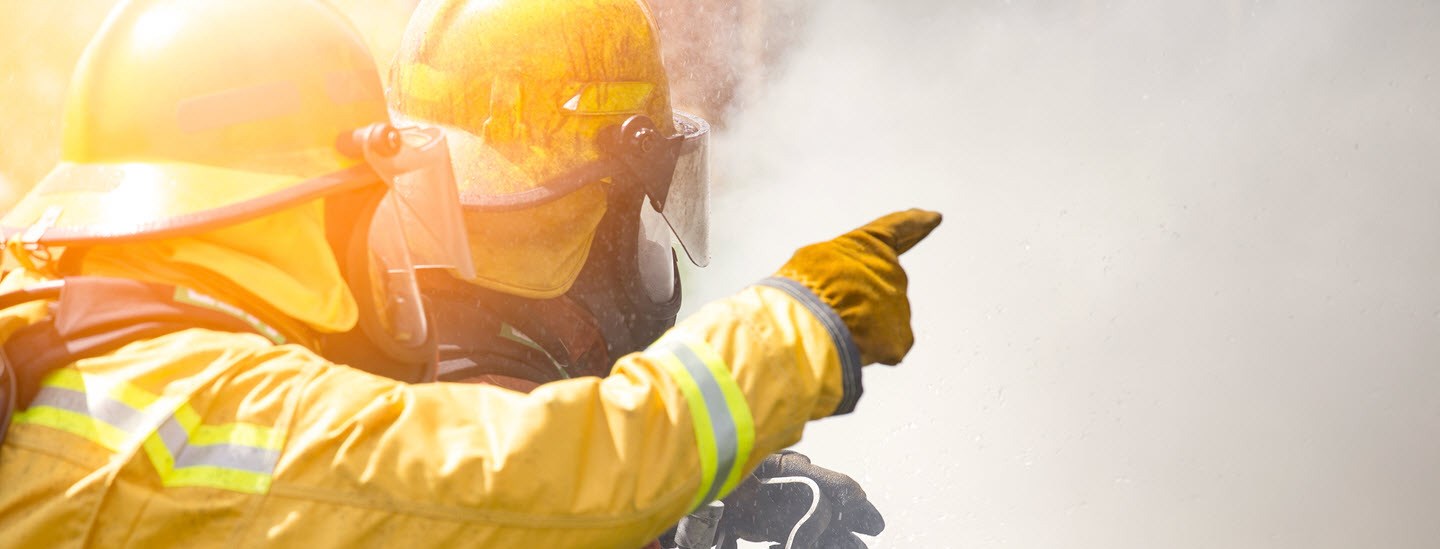Often, wildfires start unnoticed and spread rapidly. If you live where flammable vegetation is abundant, your home or property could be vulnerable to wildfires and forest fires. Take the necessary precautions to prepare your household and property for the possibility of a wildfire.
Learn how to protect what matters most, evacuate safely and stay healthy post-wildfire.
- Before wildfire season begins: Review your insurance policies and coverage
- Preparing your home and property before a wildfire
- Evacuating during a wildfire
- Filing a claim after a wildfire
Before wildfire season begins: Review your insurance policies and coverage
Planning and preparation can make a huge difference in staying safe during a wildfire and rebounding after it. Recovering quickly from a wildfire requires planning, understanding what to do during a wildfire and knowing how to report losses.
In anticipation of a wildfire, it's never too early to start talking to your Gallagher advisor to be sure you secure appropriate coverage, update your current property information and understand what's covered with your current policy. It's critical you secure the appropriate insurance coverage.
Preparing your home and property before a wildfire
Awareness and preparation are key to minimizing risks during a wildfire. By understanding and mitigating your vulnerabilities, you can reduce the effect of a wildfire on your home and personal property, and ensure the safety of the people in your household.
Make sure your phone can receive emergency alerts
The National Public Alerting System sends geo-targeted emergency alerts. To make sure your mobile phone can receive them, test your phone's compatibility at Alert Ready.
Reduce the risk of damage to your home and property
As wildfires become more common, more intense and more costly, investing in major updates to your home — such as replacing existing siding and roofing with fire-resistant materials — becomes more cost effective.
Create a wildfire emergency plan and kit
If you live in an area prone to wildfires, we recommend creating a wildfire evacuation plan to ensure everyone in your household is prepared. We suggest the following as essential emergency items to create and then review yearly.
Create an emergency kit. Assemble an emergency supply kit that will sustain your household members for three days. The Canadian Red Cross has recommendations for what to include in an emergency supply kit.
Have an evacuation plan. In case you must evacuate, plan what to take with you, who will travel in each vehicle, what route you'll follow and where you'll go that's a safe distance from the fire.
Have a communication plan. In case all household members aren't together when a wildfire evacuation alert is issued, have a plan for how to reach each other. Don't rely solely on the contacts list in phones — all household members should carry a paper list of each other's phone numbers. Designate someone within the household and someone outside the household that all members should contact to let them know they're safe.
Practice first aid skills and emergency responses. Attend training classes and practice response skills so you know how to administer first aid before professional help arrives.
Secure important documents. Keep important documents — such as legal papers, birth certificates, marriage license, financial papers and insurance policy information — in a safety deposit box or fireproof/waterproof box. Also, include photocopies of your passport, driver's license and credit cards.
Reduce the risk of damage to your home and property
Wildfires have the power to destroy almost everything in their path. Here are ways to help safeguard your home from a wildfire.

